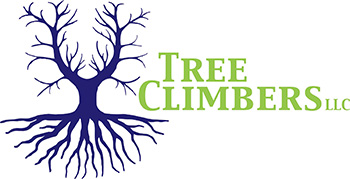Topping is perhaps the most harmful tree pruning practice known. Yet, despite more than 25 years of literature and seminars explaining its harmful effects, topping remains a common practice. This article explains why topping is not an acceptable pruning technique.
Topping Stresses Trees
Topping often removes 50 to 100 percent of the leaf-bearing crown of a tree. Because leaves are the food factories of a tree, removing them can temporarily starve a tree. The severity of the pruning triggers a sort of survival mechanism. The tree activates latent buds, forcing the rapid growth of multiple shoots below each cut. The tree needs to put out a new crop of leaves as soon as possible. If a tree does not have the stored energy reserves to do so, it will be seriously weakened and may die.
A stressed tree is more vulnerable to insect and disease infestations. Large, open pruning wounds expose the sapwood and heartwood to attacks. The tree may lack sufficient energy to chemically defend the wounds against invasion, and some insects are actually attracted to the chemical signals trees release.
Topping Causes Decay
The preferred location to make a pruning cut is just beyond the branch collar at the branch’s point of attachment. The tree is biologically equipped to close such a wound, provided the tree is healthy enough and the wound is not too large. Cuts made along a limb between lateral branches create stubs with wounds that the tree may not be able to close. The exposed wood tissues begin to decay. Normally, a tree will wall off, or compartmentalize, the decaying tissues, but few trees can defend the multiple severe wounds caused by topping. The decay organisms are given a free path to move down through the branches.
Topping Can Lead to Sunburn
Branches within a tree’s crown produce thousands of leaves to absorb sunlight. When the leaves are removed, the remaining branches and trunk are suddenly exposed to high levels of light and heat. The result may be sunburn of the tissues beneath the bark, which can lead to cankers, bark splitting, and death of some branches.
Topping Creates Hazards
The survival mechanism that causes a tree to produce multiple shoots below each topping cut comes at great expense to the tree. These shoots develop from buds near the surface of the old branches. Unlike normal branches that develop in a socket of overlapping wood tissues, these new shoots are anchored only in the outermost layers of the parent branches.
The new shoots grow quickly, as much as 20 feet in one year, in some species. Unfortunately, the shoots are prone to breaking, especially during windy conditions. The irony is that while the goal was to reduce the tree’s height to make it safer, it has been made more hazardous than before.
